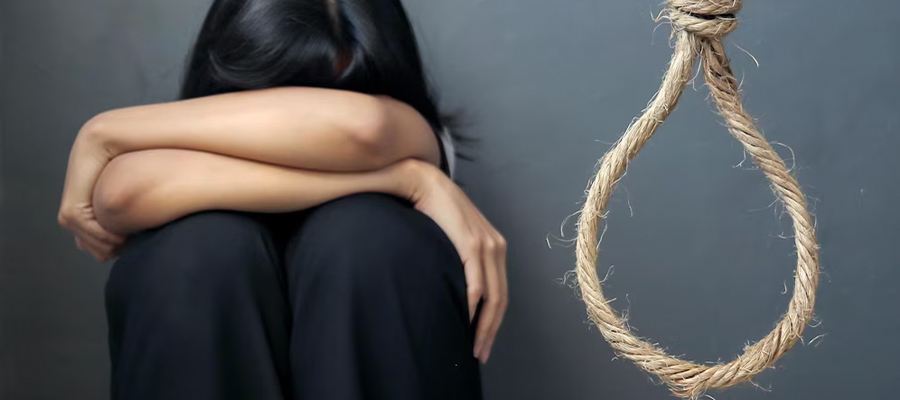Every 40 seconds, someone loses their life to suicide
Every day, in clinics, therapy rooms, and casual conversations, people silently carry burdens that are too heavy to bear alone. Some express this pain through thoughts of ending their life. Others mark it on their skin in moments of overwhelming emotion. As mental health professionals, we've sat across from people in these moments—not as experts judging, but as fellow humans witnessing the depth of their suffering.
This is not just about statistics or diagnoses. It's about pain. It's about survival. And it's about hope. With understanding, timely support, and the right tools, healing is possible.
Why Do People Consider Suicide or Self-Harm?
1. Emotional Pain That Feels Unbearable
Suicide is not always about wanting to die—it’s often about wanting the pain to stop. People feel trapped, burdened, or hopeless.
Mental health challenges like depression, anxiety, trauma, and chronic stress can weigh heavily, leading to emotional exhaustion.
2. Self-Harm as a Way to Cope
Self-harm (like cutting or burning) is often misunderstood. Many use it as a way to:
- Release emotional pain
- Feel something when they feel numb
- Regain a sense of control
- Punish themselves out of deep shame
It's rarely attention-seeking. Often, it’s a desperate effort to survive inner chaos.
Common Myths vs. Facts
Myth: Talking about suicide encourages it
Fact: Compassionate conversations help people feel seen and reduce risk
Myth: Only "weak" people self-harm
Fact: It can affect anyone—students, professionals, high achievers
Myth: There’s nothing you can do if someone is suicidal
Fact: Most crises are temporary—support and connection can save lives
How to Help Someone in Pain
1. Listen Without Judging
Avoid advice or trying to fix. Just be present.
Try: “That sounds really hard. I’m here with you.”
2. Encourage Professional Help
Therapy approaches like CBT or DBT can reduce distress
Medications may help some, especially alongside therapy
3. Create a Safety Plan
Help them list steps they can follow in a crisis—like who to call or where to go for safety
4. Limit Access to Harmful Means
Removing or limiting access to potentially lethal items—even temporarily—can make a huge difference


